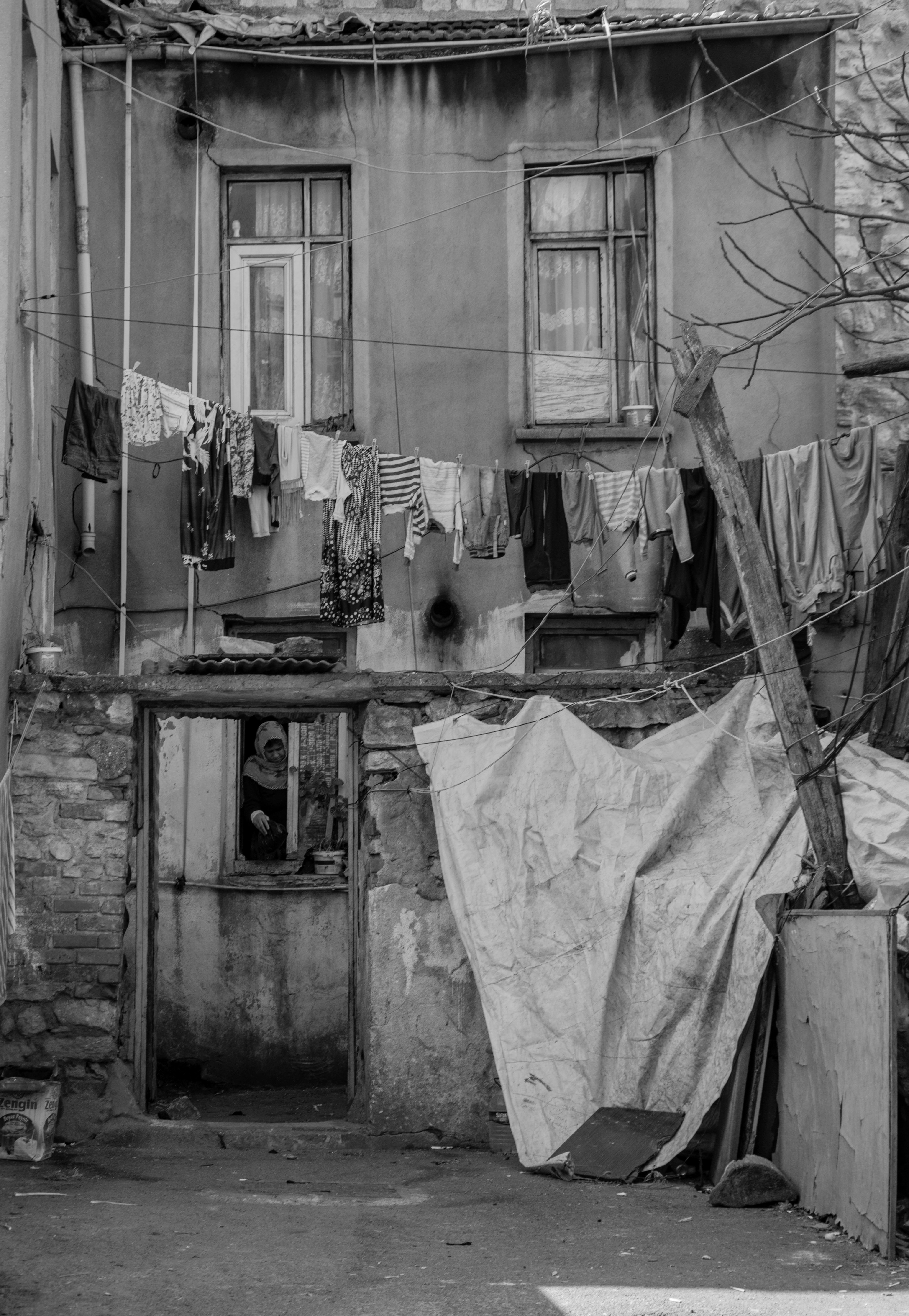
Nov 08, 2015
With an increased emphasis on upstream activity and Defence Engagement, it has become increasingly more important for the UK Ministry of Defence (MOD) and government to understand the relationship between conflict and regional instability. As part of this process the team was tasked to look at factors that influenced the regional spread of internal conflicts to help aid the decision making of government.
Conflict contagion is the process by which a conflict in one state (State A) influences the outbreak of conflict in another state (State B). The aim of looking at these factors was to produce a tool to assist in the cost/benefit analysis of intervening in future conflicts.
The task was carried out by quantitatively studying a selection of contagion and non-contagion case studies over a set of 14 numerical variables that covered structural, political, socio-economic and cultural factors of both States A and B. All case studies took place after the end of the Cold War. The dataset used contained both binary and continuous data. A range of statistical techniques were used including correlation, regression and principal component analyses along with graphical analytical methods. Unfortunately creating a tool to predict contagion has proven difficult and so the scope of the study was changed – as no statistically relevant link was found. However, it was shown that some links do exists between the variables and the existence of contagion, and it also appears it is a combination of variables which has an effect on the likelihood of contagion.
Conflict contagion is a rare event and was only recorded in less than 1% of cases present in the dataset. Of the variables analysed, the most significant factor was the number of refugees present in State B who originated in State A for the year before the case study. It is recommended that further work be conducted. It is possible that a more detailed investigation, using a broader range of techniques and/or a wider selection of variables might be successful in assessing the likelihood of conflict contagion.